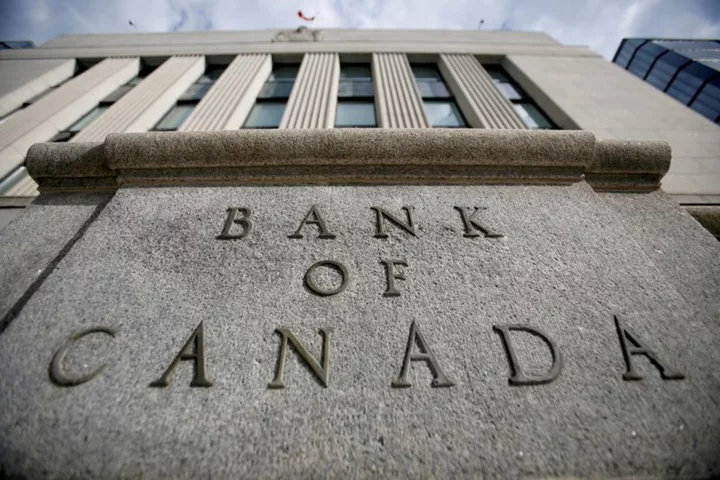By Nivedita Balu
TORONTO The Bank of Canada's interest rate hike on Wednesday and prospects of more increases heighten risks to mortgage lenders as homeowners are likely stay in debt longer as they struggle to make higher payments or pay even the interest portion of their home loans, investors and analysts say.
After urging lenders to tackle the risks from a sharp rise in borrowing costs, Canada's main banking regulator, Office of the Superintendent of Financial Institutions (OSFI), on Tuesday proposed tougher capital rules for lenders to prevent consumers from defaulting or entering negative amortization.
Negative amortization occurs when variable home loan customers' monthly repayments are not enough to cover the interest component of home loans. Which means the excess amount gets added to the outstanding loan, thereby lengthening the repayment period.
"All of that is a realization that there is stress in the system," said Greg Taylor, Chief Investment Officer of Purpose Investments.
"There's definitely more risk because anytime you hike you never know when it's going to be the straw that breaks the camel's back."
Unlike the U.S., where home buyers can snag a 30-year mortgage, Canadian borrowers have to renew their mortgages every five years at the prevailing interest rates.
On Wednesday, the central bank pushed back its expectations for getting inflation to its 2% target by six months to mid-2025, in a sign interest rates are likely to stay higher for longer.
The cost of a floating rate mortgage has now increased by about 70% from the loans since October 2021, when interest rates hit at a record low, prompting more than half of home buyers took out floating rate loans. Analysts estimate some C$331 billion ($251 billion) in mortgages coming up for renewal in 2024 and C$352 the following year, which underscores the enormity of refinancing challenge.
To be sure, thanks to the strong employment and being stress tested at a higher rate, consumers are largely able to make their payments for now.
MORTGAGE DELINQUENCIES LOW
Latest data released during the quarterly earnings showed mortgage delinquencies for all banks were low.
Of the big six banks in Canada, Bank of Nova Scotia and National Bank of Canada do not offer mortgage extension, meaning the payment owed by the consumer goes up for each hike the BoC announces.
The two banks will be key for any early signs of stress as borrowing costs rise further. Analysts also warn the two banks risk losing mortgage market share due as their products offer less flexibility.
Scotiabank said it has been working with customers individually in the current rising rate environment. National Bank did not offer an immediate comment.
Bank of Montreal, CIBC and TD Bank each allow for negative amortization as rates rise.
More than three-quarters of people with variable-rate mortgages had already hit their trigger rate, according to Desjardins.
Royal Bank of Canada, the country's biggest bank, does not offer negative amortization but its variable rate mortgage customers have already seen an increase in payments by as much as 40% to cover higher interest rates, KBW analyst Mike Rizvanovic said. While the other three banks have fully insulated their borrowers until the mortgage is renewed.
RBC did not offer an immediate comment.
Canada's banking regulator's latest proposal to increase capital requirements puts the most stress on CIBC depending on how much of the portfolio ultimately moves to a negative amortization, Rizvanovic said, adding that BMO and TD would face "a very manageable impact."
CIBC did not offer an immediate comment.
Darcy Briggs, portfolio manager at Franklin Templeton Canada, said one of the key factors for "keeping persistent demand is mortgage forbearance."
"If your monthly payment doesn't change, consumer behavior doesn't change so spending habits and patterns don't change. So it is working counter to what the Bank of Canada is trying to accomplish," Briggs added.
($1 = 1.3181 Canadian dollars)
(Reporting by Nivedita Balu in Toronto; Editing by Josie Kao)









